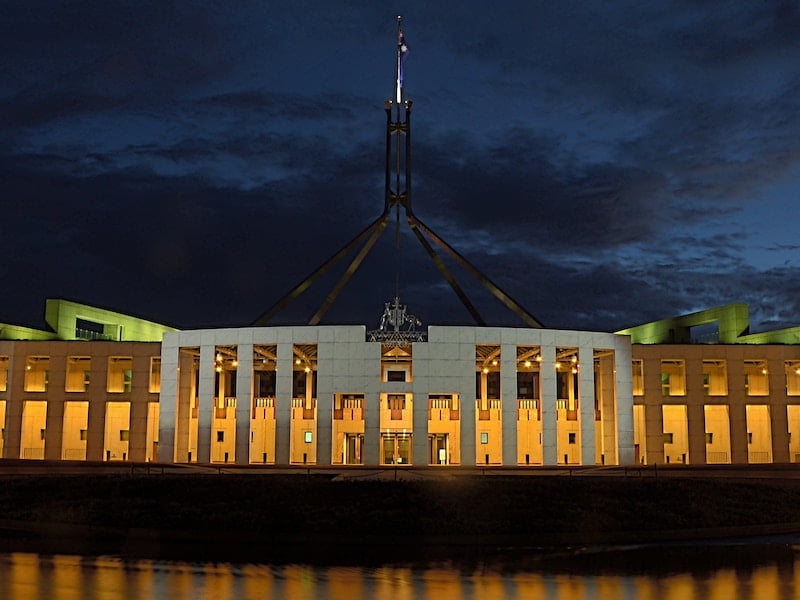The federal government has held its first roundtable on the research and development tax incentive as it looks to fix the troubled legislation, but no changes are expected until after the May election.
The government’s plans to give the research and development tax incentive (RDTI) a $2.4 billion haircut, announced in last year’s budget, hit a roadblock last month when its own senate committee recommended it be delayed until a number of issues were ironed out.
The legislation has now been put on hold and won’t be reintroduced to Parliament until after the upcoming election, when there will likely be a change in government.

The current government has now begun working with stakeholders and industry groups to make changes to the legislation and the administration of the popular scheme.
The first meeting of the RDTI Roundtable was held earlier this month at the Australian Taxation Office’s headquarters in Canberra, jointly chaired by the ATO and the Department of Industry, Innovation and Science.
Six industry associations attended the first roundtable, including Fintech Australia. Each group updated the attendees on their sector and gave feedback on the RDTI.
The Roundtable was formed to replace the National Reference Group for the RDTI, which has not met for nearly two years, despite the scheme undergoing its most significant changes since its inception.
The Roundtable will be made up of 30 participants attending on a rolling basis, and it will meet at least twice a year.
“The RDTI Roundtable brings together a broad range of viewpoints from industry, program users and facilitators of the RDTI. The information, insights and outcome of each meeting will be shared with all panel members and made publicly available after each meeting,” a Treasury spokesperson told InnovationAus.com.
“Outside of the RDTI Roundtable meeting, various additional opportunities will be available to contribute to the discussion and receive information, insights and updates about the RDTI.”
Minutes from the first meeting, and the full list of attendees, have not yet been released.
Fintech Australia general manager Rebecca Schot-Guppy said the current debate surrounding the RDTI is crucial for the local fintech sector.
“Access to the R&D tax incentive is a major issue for fintechs, and a matter that we’ve been continually championing with Treasury. Those efforts ramped up last December when the government started posturing towards a crackdown on the scheme. As we are part way through our dealings with government on this, we’re unable to comment further,” Ms Schot-Guppy told InnovationAus.com.
“Our position is that the tax incentive should be funnelled towards fintechs and startups. We are also advising government on ways to ensure this incentive is easily accessible to time-poor founders.”
The government’s recent guidance on software claims for the RDTI was likely a prominent topic at the first meeting, with some in the tech sector labelling it “another kick in the teeth”.
The guidelines provided “more confidence in claiming support for software activities under the RDTI”, but many in the tech sector viewed it as cracking down on these sort of claims that will make it more difficult for smaller companies to access it.
The guidance said that companies will have to be more specific with the software claims that they are making, and keep better records of their time and activities, with many current claims being too broad.
It was revealed at senate estimates last month that the former National Reference Group for the RDTI had not met for nearly two years, leading to a “breakdown in communications” between regulators and industry. Department staff told the hearing that the group became too focused on the policies rather than the administration of the scheme.
The government’s RDTI legislation implemented a number of changes to the tax incentive that would have led to $2.4 billion in savings to the government over four years. These included a $4 million cap on annual cash refunds for companies with annual turnover of less than $20 million, with the refundable tax offsets to then be calculated as 13.5 percentage points about the claimant’s company tax rate.
For larger companies, the claim would be calculated using a new “intensity measure”. The expenditure threshold for the scheme would have also been raised from $100 million to $150 million.
But many of these changes proved highly controversial, with concerns they could lead many tech companies to relocate overseas or reduce the amount of R&D conducted locally.
The Economics Legislation Committee recommended in February that the government “defer consideration” of the bill until “further examination and analysis of the impact is undertaken”.
The government accepted the recommendation, and the legislation won’t be debated again in Parliament until after the May election.
It specifically recommended that the government should reconsider the changes being applied retrospectively for smaller companies, and the way the intensity measure is calculated for larger companies.
Do you know more? Contact James Riley via Email.

